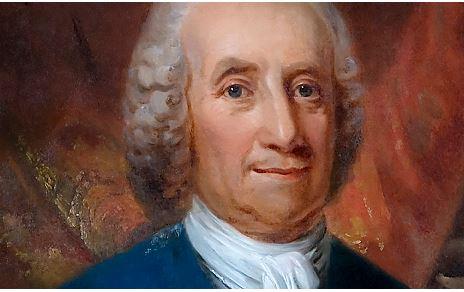Emanuel Swedenborg

Emanuel Swedenborg (1688–1772) was a Swedish theologian, philosopher, scientist, and mystic who’s best known for his elaborate spiritual visions and the theological works he produced in the second half of his life. He’s a fascinating figure because he transitioned from being a highly respected scientist and inventor to becoming one of the most prolific mystics of the 18th century.
Key Points About Swedenborg:
🧠 Early Career (Science & Engineering)
-
Brilliant polymath: He worked in fields like astronomy, physics, chemistry, anatomy, and geology.
-
Invented early versions of submarines and flying machines.
-
Wrote The Principia (1734), where he tried to explain the creation of the universe using mechanical philosophy — sort of a forerunner to modern physics ideas.
🌌 Spiritual Awakening
-
Around 1744, Swedenborg began having mystical dreams and visions.
-
Claimed he could communicate directly with angels, spirits, and even Jesus.
-
Said he traveled spiritually to Heaven and Hell and spoke with people who had died.
📜 Theological Works
-
His most famous theological writings include:
-
Heaven and Hell (1758)
-
Divine Love and Wisdom
-
Arcana Coelestia (a massive commentary on the Bible)
-
-
He believed in correspondences — the idea that everything in the natural world reflects a spiritual counterpart.
-
Taught that true Christianity had become corrupted and needed spiritual renewal.
-
Denied traditional doctrines like the Trinity (as usually understood), salvation by faith alone, and eternal damnation.
🌍 Influence
-
His ideas inspired the Swedenborgian Church (aka the New Church).
-
Had a big impact on Romantic poets (e.g., Blake, Coleridge), transcendentalists (like Emerson), and even Carl Jung was influenced by his model of spiritual realms.

